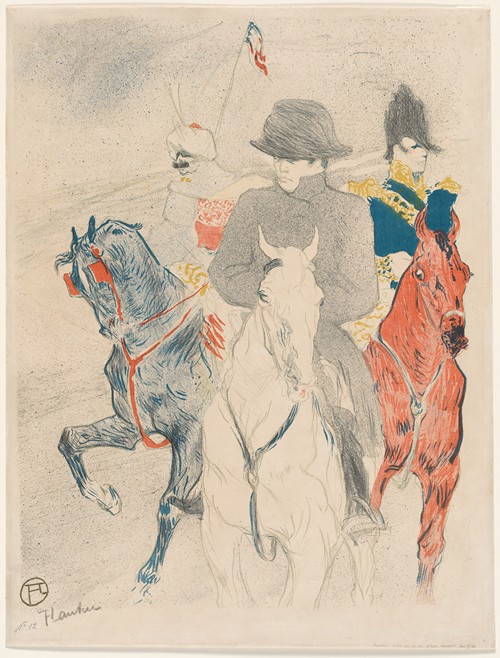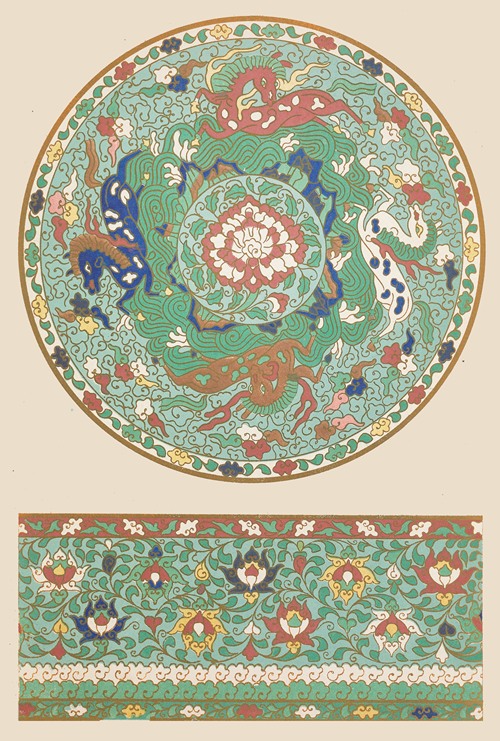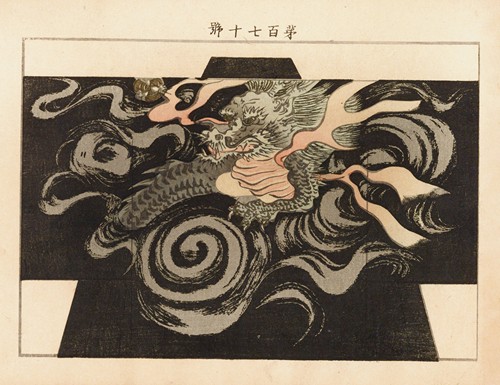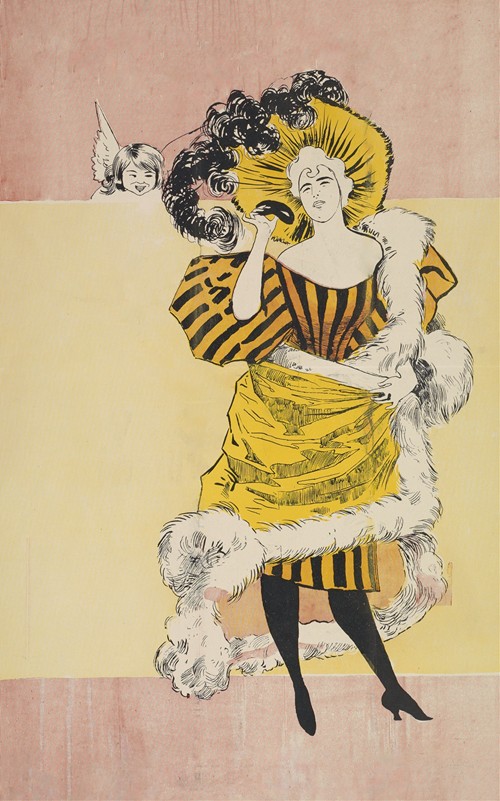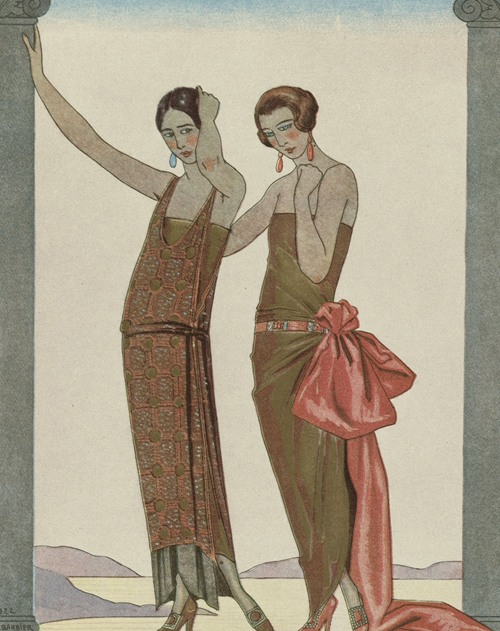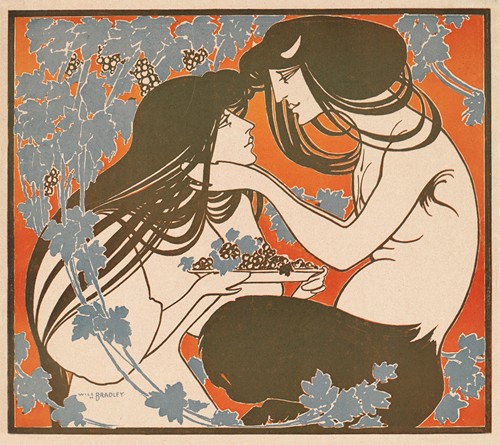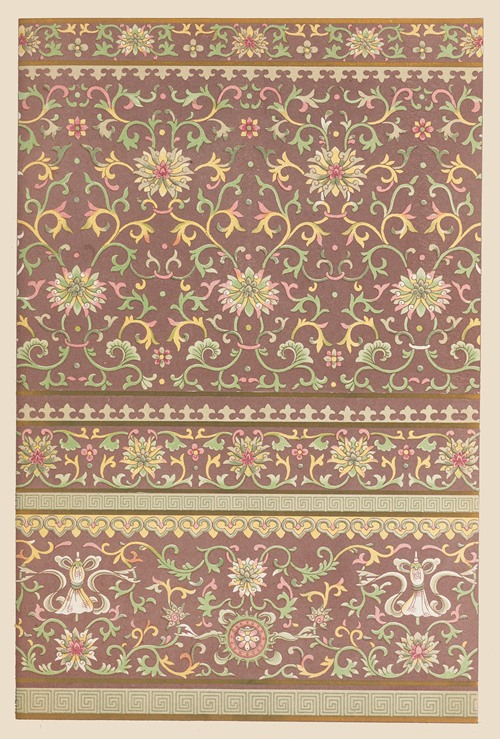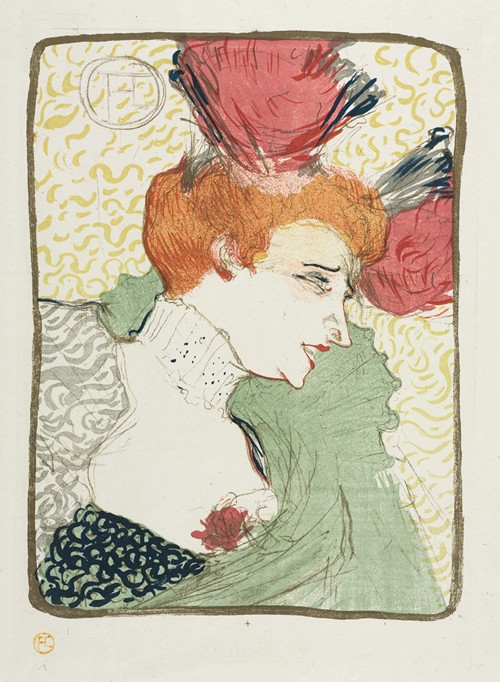

Tonita Peña born as Quah Ah (meaning white coral beads) but also used the name Tonita Vigil Peña and María Antonia Tonita Peña. Peña was a renowned Pueblo artist, specializing in pen and ink on paper embellished with watercolor. She was a well-known and influential Native American artist and art teacher of the early 1920s and 1930s.
Tonita Peña was born on May 10, 1893, at San Ildefonso Pueblo, New Mexico to parents Ascensión Vigil Peña and Natividad Peña. When she was 12, her mother and younger sister died, as a results of complications due to the flu. Her father was unable to care for her and she was taken to Cochití Pueblo and was brought up by her aunt Martina Vigil Montoya, a prominent Cochití Pueblo potter. Peña attended St. Catherine Indian School in Santa Fe.
Edgar Lee Hewett, an anthropologist involved in supervising the nearby Frijoles Canyon excavations (now Bandelier National Monument) was instrumental in developing the careers of several San Ildefonso "self taught" artists including Tonita Peña. Hewett purchased Peña's paintings for the Museum of New Mexico and supplied her with quality paint and paper. Peña began gaining more notoriety by the end of the 1910s selling an increasing amount to her work to collectors and the La Fonda Hotel. Much of this early work was done of Pueblo cultural subject matter, in a style inspired by historic Native American works, however her use of an artists easel and Western painting mediums gained her acceptance among her European-American contemporaries in the art world. At the age of 25, she exhibited her work at museums and galleries in the Santa Fe and Albuquerque area.
In the early 1920s Tonita did not know how much her painting sold for at the Museum of New Mexico, so she wrote letters to the administrators because a local farmer was worried that she got paid too little.
In the 1930s Peña was an instructor at the Santa Fe Indian School and at the Albuquerque Indian School and the only woman painter of the San Ildefonso Self-Taught Group, which included such noted artists as Alfonso Roybal, Julian Martinez, Abel Sánchez (Oqwa Pi), Crecencio Martinez, and Encarnación Peña. As children, these artists attended San Ildefonso day school which was part of the institution of the Dawes Act of 1887, designed to indoctrinate and assimilate Native American children into mainstream American society.
In 1931, Tonita Peña exhibited at the Exposition of Indian Tribal Arts which was presented at the Grand Central Art Galleries in New York City. Works from this exhibition were shown at the 1932 Venice Biennial. That year is the only time Native American artists have shown in the official United States pavilion at that biennial, and Tonita Peña's paintings were part of that exhibition. Her painting Basket Dance, that had shown in the Venice Biennial was acquired by the Whitney Museum of American Art in New York for $225. This was the highest price paid up to this time for a Pueblo painting and most Native American paintings at this time were selling between $2 and $25.
Peña's work was part of Stretching the Canvas: Eight Decades of Native Painting (2019–2021), a survey at the National Museum of the American Indian George Gustav Heye Center in New York.
Peña died on September 9, 1949. At Peña's death, all of her remaining paintings and personal effects were burned in compliance with Pueblo customs.
Native arts, from utilitarian arts to easel arts, influenced modern Eurouopean-Americans' changing perspectives of the aesthetic and spiritual value of Native American cultures and identities. Peña's artwork emphasized the role of women in everyday life and is credited with expanding the expectations of women in art by refusing to limit herself to the customary female role of potter. Her son Joe Herrera, heavily influenced his mother, became an important figure in American modernism.
Peña's artwork is in the collections at the American Museum of Natural History in New York, the Cleveland Museum of Art in Ohio, the Cranbrook Institute of Science in Michigan, the Acequia Madre House in Santa Fe, NM the Heard Museum in Arizona, the Dartmouth College Collection in New Hampshire, the Haffenreffer Museum of Anthropology at Brown University, and the Peabody Museum at Harvard. She has continued to have national art exhibitions posthumously.
A crater on the planet Venus has been named after Tonita Peña.

